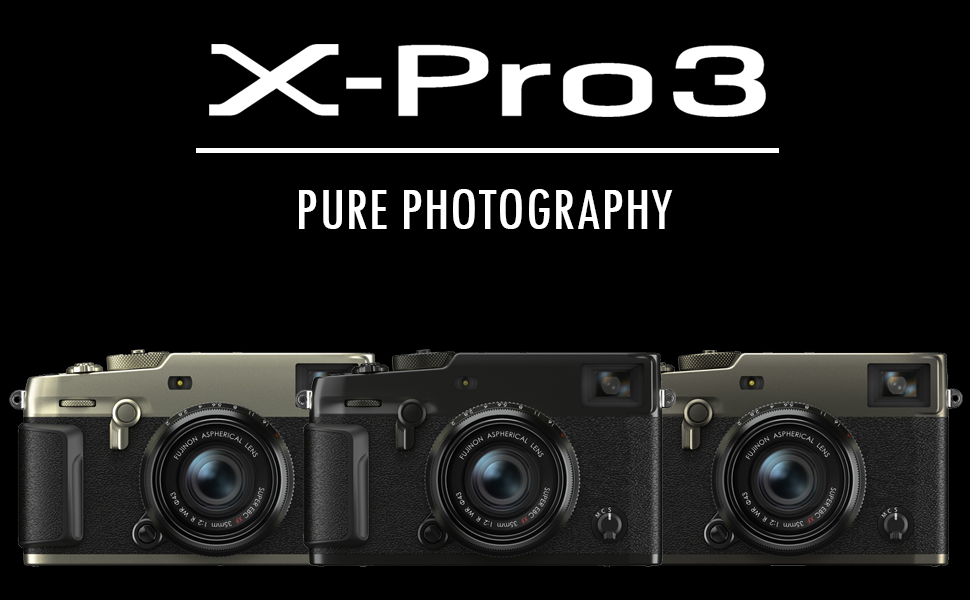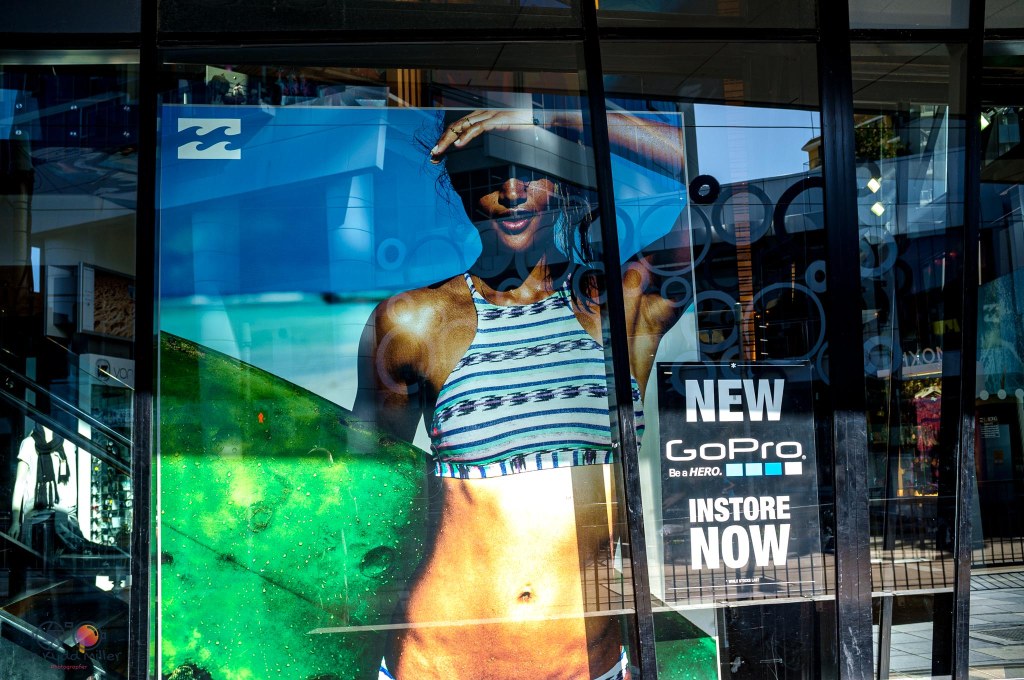X-Pro3

Pure Photography
Something different is here. This camera turns anticipation into reality. The texture of titanium stimulates your senses, while the unique viewfinder prompts discovery and creativity. It brings back the desire to interact with the world through a camera, while attaining an understanding to record it as your own for eternity. The X-Pro3 is the definition of pure photography.
The X-Pro3 design means you can keep your eyes focussed on the subject while your fingers access the various buttons and dials to ensure that you never miss a perfect photo opportunity. This is the ultimate design for analog camera operation.

TITANIUM + MAGNESIUM
From the start, the X Series has made sure to preserve the elegance, beauty and functionality of a camera while making sure we respect the history of photography. Once you pick up this camera, you will feel this and enjoy the sense of nostalgia. The frame of the camera body is made from magnesium, while the top cover and the base plate, which are the parts exposed to the elements are made from corrosion resistant titanium. The unique character of the titanium finish will never be lost. You quickly realize a camera is much more than just a photographic tool.

TITANIUM + MAGNESIUM

BLACK

DURATECT

WEATHER RESISTANT

Enjoy Taking Pictures Without Distractions
The hidden LCD encourages a more traditional shooting style, asking photographers to concentrate on composing using the viewfinder. Of course, you can flip open the screen to check your images between shooting sessions, but in essence, the X-Pro3 wants you to trust your instincts as a photographer and shoot without the distraction of checking every image. The LCD screen helps you to adjust the settings and find what needs to be improved, ready for next time.
The LCD screen has an anti-reflective coating, a wide angle of view, and is able to display images with high contrast and natural colors, ideal for reviewing or composing images in bright daylight or low light.
Digitally representation of film based visual effects are something only allowed for iconic photographic equipment. The visual effects appeal to users’ emotions and inspire imagination. The use of Memory LCD means users can easily see the settings for Film Simulation, white balance, etc. when the camera is turned off or on.

Enjoy Taking Pictures Without Distractions

FINDER

MOTION BLUR REDUCTION

Electronic Rangefinder
Masters of color for over 85 years

Film Simulation Modes
FUJIFILM has continued to study color since the production and development of photographic films in 1934. The technologies and experiences, accumulated over the years, have been injected into the Film Simulation modes. Each of the carefully chosen modes has a unique set of colors and tonality to create images that reflect how a photographer felt when taking the picture. The world of extended color expressions including CLASSIC CHROME, ACROS and ETERNA, is now joined by another new mode of Film Simulation.
The new Film Simulation mode has been designed to simulate color negative film that was traditionally chosen for snapshots of everyday scenes. The colors, precisely controlled for each level of brightness, create a rich chromatic contrast to add extra definition. The new “CLASSIC Neg.” takes you back to scenes as you saw them growing up, bringing back the joy of photography.

Monochromatic Color
The X-Pro3 allows you to choose a key color from a matrix of Warm / Cool tones and Magenta / Green hues. You can incorporate the rich gradation into your images to create photographs with a personal twist. Enjoy creating your own monochrome world with added hues, going beyond the traditional approach of using warm tones for a retro look and cool tones for urban snapshots.























































































